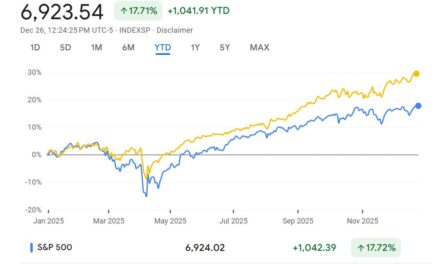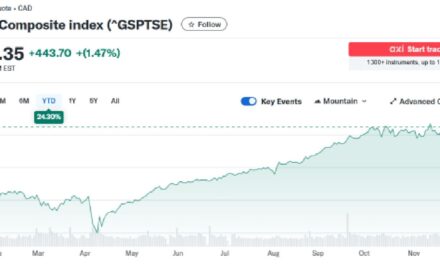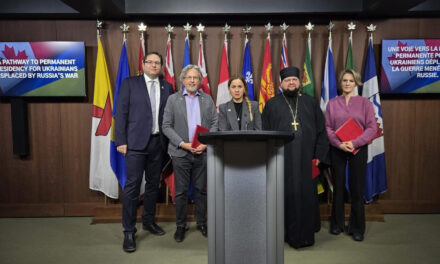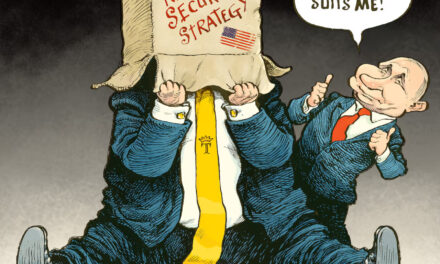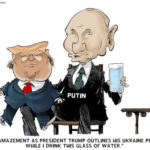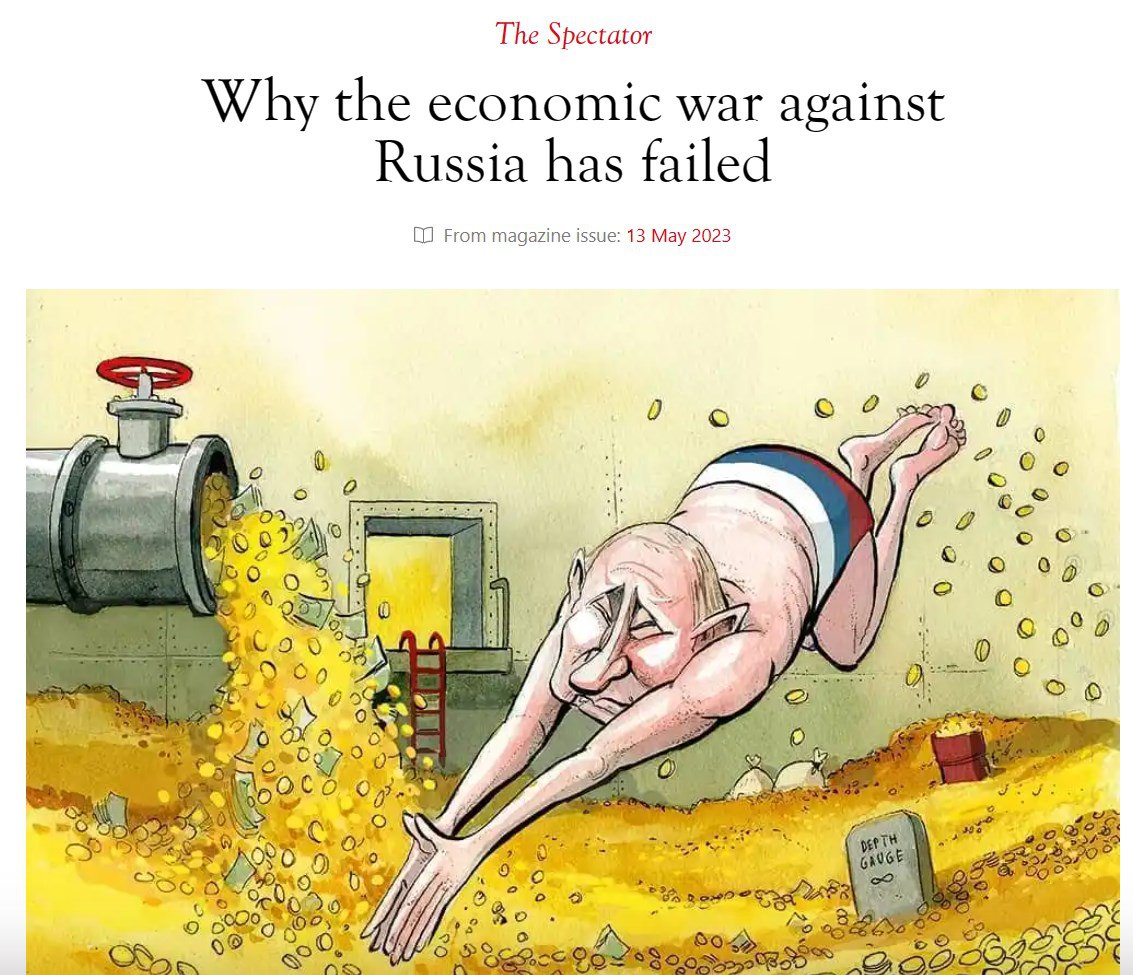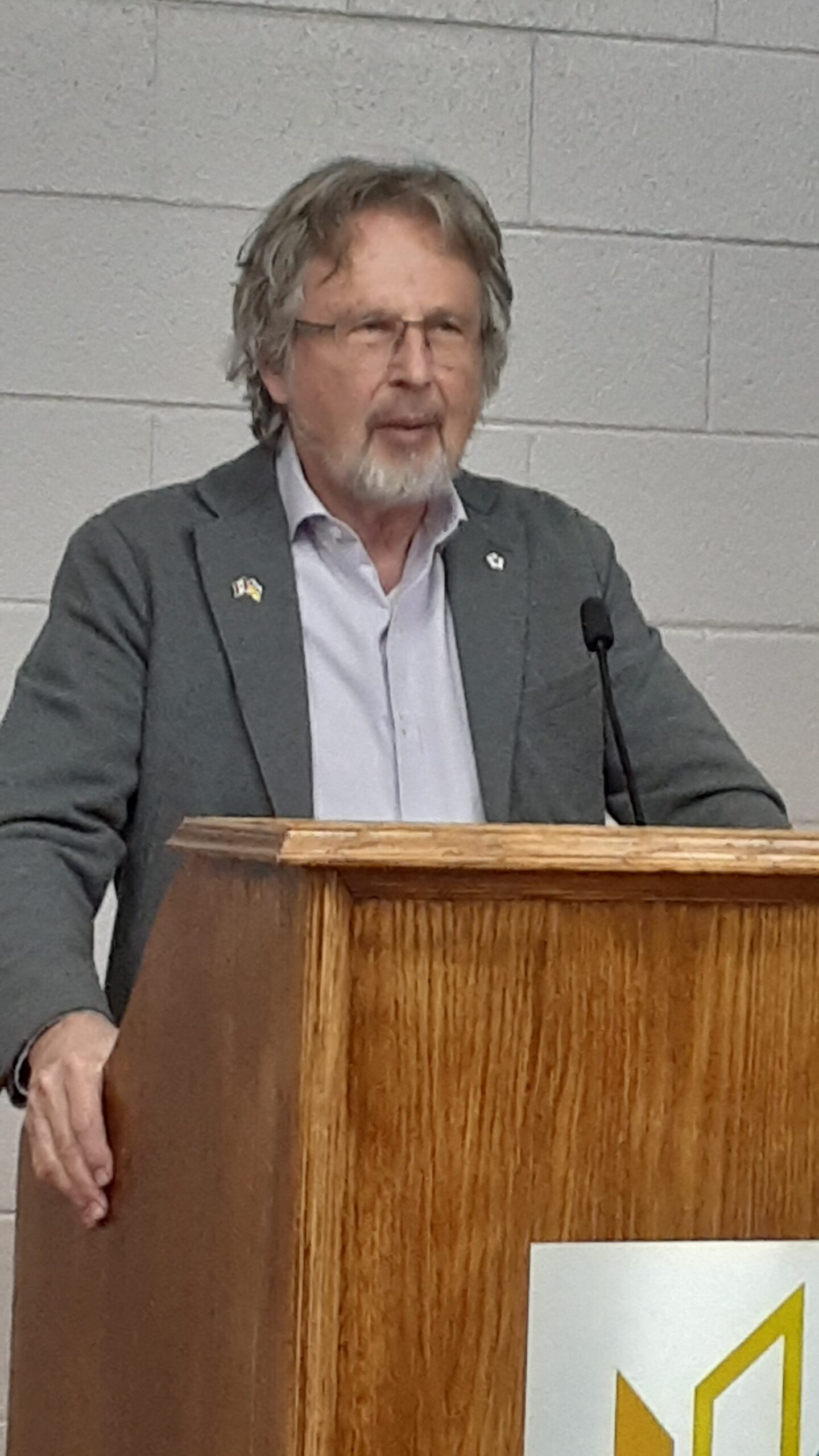Yuri Bilinsky, NP-UN.
The past couple of weeks has brought contradictory opinions, statements, and even sets of statistical and economic data regarding Ukraine’s chances to restore its territorial integrity in its fight against the Russian adversary.
Colonel Martin O’Donnell, the speaker of the U.S. Army Europe and Africa Command, told RBC-Ukraine on the sidelines of the last “Ramstein conference” on May 11 that Ukraine now has “a lot” of weapons systems thanks to its Western allies: “We collectively, not only the United States, but also the international community, provided Ukraine with about 600 types of weapons and ammunition: from Abrams tanks to Leopard tanks, and “Patriot” systems. 600 types. It’s a lot. That’s more than any single army in the world has, especially a fighting army.”
O’Donnell continued with what could be interpreted as a hope that all those systems would be enough for Ukraine to achieve success in a much-anticipated counter-offensive against Russian forces: “The coming weeks and months, when everything starts, will reveal how the Ukrainians use the systems they were given. As Ukraine hopefully succeeds on the battlefield, it is even more important that the international community continues to provide it with the logistics and ammunition to be even more successful.”
Ukraine’s delayed counter-offensive?
Ukraine’s President Volodymyr Zelenskyy had a somewhat different opinion when he told Eurovision News (via BBC), also on May 11, that Ukraine needs more time to launch the counter-offensive as the military awaits the delivery of promised aid. Speaking at his headquarters in Kyiv, Zelenskyy described combat brigades, some of which were trained by NATO countries, as being “ready” but said the army still needed “some things,” including armoured vehicles that were “arriving in batches.”
“With [what we already have] we can go forward and, I think, be successful,” he said in the interview. “But we’d lose a lot of people. I think that’s unacceptable. So we need to wait. We still need a bit more time.”
President Zelenskyy’s meetings with leaders of Italy, France, and Germany this week have brought news of considerable upcoming packages of military equipment and ammunition. However, this military aid will take time to get delivered and rolled out.
Moreover, the major point of concern related to Ukraine’s expected counter-offensive has been air capability which is crucial for modern military operations. Russia’s air force greatly outmatches Ukraine’s both in quantitative and qualitative terms. Supplies of modern Western fighter and bomber jets, such as F-16s, to Ukraine have been discussed for years, and these talks have intensified in recent weeks. At the same time, the timing for such supplies is still unclear.
On this background, many Ukrainian and international speakers have recently been downplaying hopes for Ukraine’s upcoming counter-offensive. The range of liberated territory from 50km to 250km has appeared in the news. The expected time frame for the liberation of the whole internationally recognized Ukrainian territory has spanned from late 2023 to late 2025.
The war’s devastating effects on Ukraine
The war in Ukraine has been going on for almost 15 months with a devastating effect on the country: many thousands of civilians and military dead, whole regions with several cities with 100,000+ populations completely decimated, and 2022 GDP down 29%. Many observers have pointed out the fact that the war is going on the Ukrainian territory and that the longer it drags on, the more problematic the post-war recovery becomes.
Among the main risks for Ukraine is the catastrophic outflow of population: the longer the war continues, the fewer of the estimated 11 million people (over a quarter of the pre-war population), who have left the country, will eventually return home.
The West is losing the economic war to Russia
With all the problems, delays, and high human toll of the military part of the solution for the Russian aggression, the other part of the fight, i.e., undermining Russia’s economic capacity to wage war, has once again sprung into the spotlight.
Although Russia’s government revenues from oil ad gas exports dropped by 52% in the first four months of 2023 due to the oil and gas price caps and embargoes, this has not done anything to stop or even slow down Russia’s war efforts.
Bloomberg reported that Russia’s oil exports jumped above 4 million barrels a day last week, according to tanker-tracking data compiled by the agency. The Russian government is likely to resume purchases of foreign currency for its reserves as soon as this month as rising oil earnings stabilize public finances despite U.S. and European efforts to squeeze Kremlin income, noted Bloomberg.
The UK-based The Spectator put it bluntly in its May 13 issue: “The economic war against Russia has failed.” The article noted that Russia has borne heavy losses while Ukraine has managed to resist and push back Russian forces with Western military equipment assistance. But the other prong of the Western two-pronged strategy, the economic war with Moscow, has turned out to be blunt.
“Few people in the West are aware of how badly this aspect of the war is going,” said the article.
Europe has paid a high price to compensate for a partial boycott of Russian oil and gas which has failed to damage the Russian economy. It soon became clear that while the West was keen on an economic war, the rest of the world was not, said the article.
As its oil and gas exports to Europe fell, Russia quickly upped its exports to China and India – both of which preferred to buy oil at a discount than to make a stand against the invasion of Ukraine. Worse, some of the Russian oil exported to India appears to have been siphoned back to Europe.
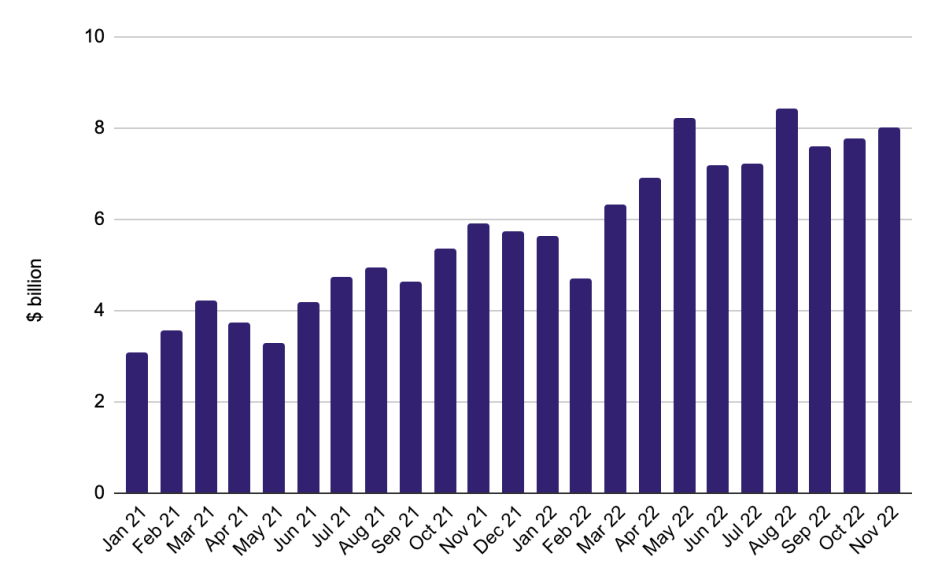
Value of Chinese energy imports from Russia 2021 and 2022. Source: Chinese Customs Data / www.highnorthnews.com
Moreover, Russian Liquified Natural Gas (LNG) exports to Europe grew by 20% in 2022.
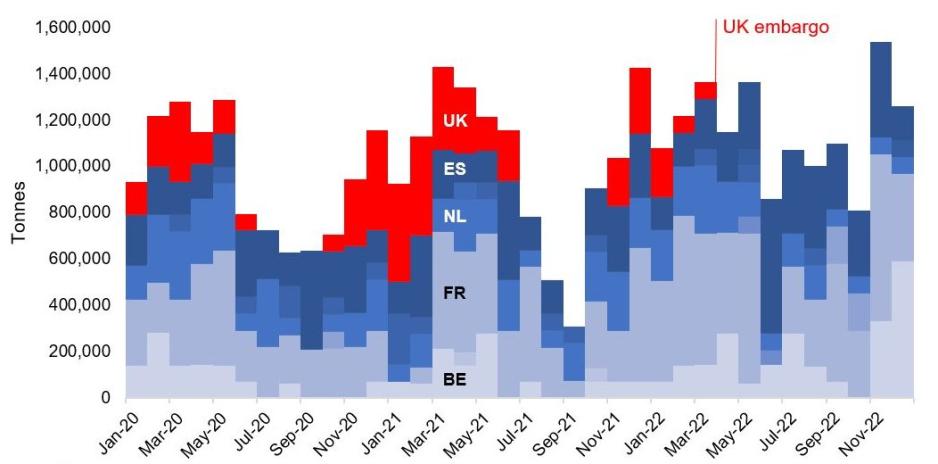
LNG deliveries from Russia to Europe grew by 20% in 2022. Source: Independent Commodity Intelligence Services / www.highnorthnews.com
Highnorthnews.com noted that Russia has successfully pursued a strategy of replacing lower-priced pipeline gas with higher-value LNG. In some cases, LNG prices can be 5-10 times as high as gas delivered via pipeline.
The Russian government stands to directly benefit from increased LNG sales. It recently raised the tax rate on LNG exporters from 23% to 34%, projected to bring in an additional $3.5bn to the federal budget in 2023.
Canada’s potential to help Ukraine win the economic war is still unrealized
This has again raised the issue of Canada’s unrealized potential to help the global community win the economic war with Russia by pushing that country out of the oil and gas markets in Asia, Europe, and elsewhere.
Canada had 15 LNG exporting projects proposed as of 2015, with only two projects in B.C. (LNG Canada and Woodfibre LNG) under construction by now.
The U.S. has completed seven LNG export facilities from scratch since 2016 and currently has the world’s largest LNG export capacity while several additional projects have been approved or are under construction.
Now, Mexico is planning to use the global need for LNG triggered by Russia’s invasion of Ukraine and to eclipse Canada in this respect. That country plans eight LNG plants. Proponents of Mexican LNG exports have short timelines for their projects, with one project planning to start exporting LNG to Europe this August, ahead of Canada.
The Globe and Mail noted that Mexico is on track to “handily beat” Canada and become the world’s fourth-largest exporter of natural gas.
The Ukrainian Canadian community should add its voice to support LNG exports
The Canadian industry and political opposition have been vocal in supporting the development of the LNG exporting capacity. The western provinces and Alberta, in particular, have also been the major supporters.
In his interview for NP-UN, David Yager, chairman of Alberta Premier’s Advisory Council on Alberta’s Energy Future, noted that the Indigenous-led projects Ksi Lisims LNG (Nisga’a Nation) and Cedar LNG (Haisla Nation) have expressed their frustration over the long approval processes for the projects.
Yager believes that the Ukrainian Canadian community should use its influence in Ottawa to encourage the federal government to develop Canada’s LNG exporting capacity. “They will pay attention to you, please add your voice and ask the government to step up and help the world get off Russian gas,” he said.
Share on Social Media











